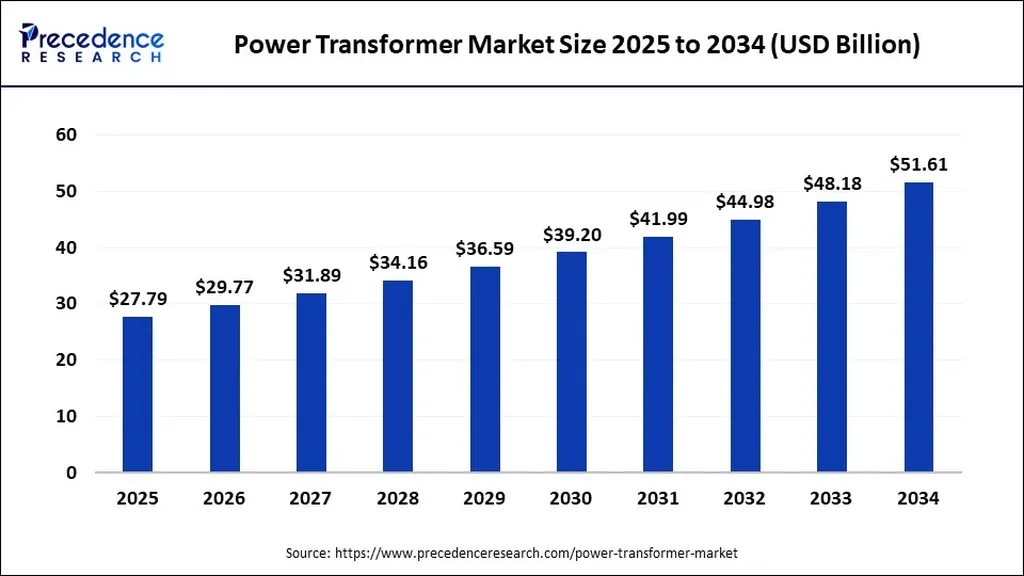In the quest for more accurate renewable energy forecasting, researchers are turning to innovative methods that better integrate weather patterns’ spatial and temporal dynamics. Federico Battini, a researcher affiliated with the Ifab Foundation, has introduced a novel approach that treats weather maps as tokens in transformer sequences to predict renewable energy more precisely.
Battini’s work addresses a critical gap in current renewable energy forecasting methods. These methods often struggle to effectively combine the rich spatial context of weather patterns with their temporal evolution. By encoding hourly weather maps as spatial tokens using a lightweight convolutional neural network, Battini’s approach leverages a transformer model to capture temporal dynamics over a 45-hour forecast horizon. This method has shown promising results, reducing the root mean square error (RMSE) by approximately 60% for wind energy and 20% for solar energy compared to operational forecasts by the European Network of Transmission System Operators for Electricity (ENTSO-E).
The practical applications of this research are significant for the energy sector. Accurate forecasting is essential for reducing dependence on fossil fuels and enabling grid decarbonization. By improving the predictability of renewable energy sources, grid operators can better manage supply and demand, integrate more renewables into the grid, and reduce the need for backup fossil fuel plants. This, in turn, can lead to a more stable and sustainable energy system.
For those interested in seeing the results in action, a live dashboard showing daily forecasts is available at https://www.sardiniaforecast.ifabfoundation.it. This tool provides a practical demonstration of how advanced forecasting techniques can enhance renewable energy integration and grid management.
The research was published in a peer-reviewed journal, ensuring its credibility and rigor. As the energy sector continues to evolve, such innovative approaches will be crucial in achieving a more sustainable and efficient energy future.
This article is based on research available at arXiv.

